39 pytorch dataloader without labels
Creating a custom Dataset and Dataloader in Pytorch - Medium (Torch requires labels to be in the shape [batch_size, label_dimension]. Using just class_id , rather that [class_id] woud lead to us having a final size of [batch_size], as each class_id is just ... DataLoader returns labels that do not exist in the DataSet - PyTorch Forums So I have a very strange issue. I have a DataSet that has labels between 0 and 100 (101 classes). I split my dataset internally with train being first 91 classes and validation being final 10. When I pass this dataset to a DataLoader (with or without a sampler) it returns labels that are outside the label set, for example 112, 105 etc… I am very confused as to how this is happening as I ...
Loading own train data and labels in dataloader using pytorch? # create a dataset like the one you describe from sklearn.datasets import make_classification x,y = make_classification () # load necessary pytorch packages from torch.utils.data import dataloader, tensordataset from torch import tensor # create dataset from several tensors with matching first dimension # samples will be drawn from the first …
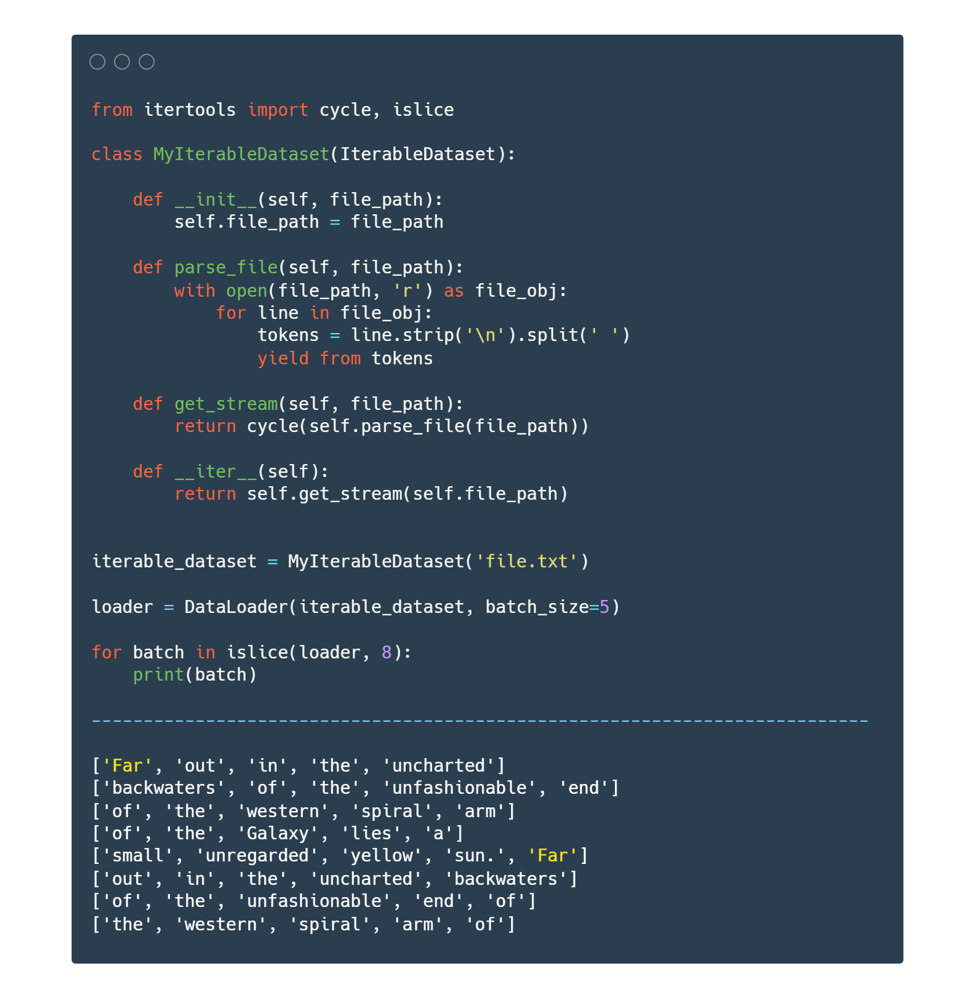
Pytorch dataloader without labels
Datasets & DataLoaders — PyTorch Tutorials 1.12.0+cu102 documentation DataLoader is an iterable that abstracts this complexity for us in an easy API. from torch.utils.data import DataLoader train_dataloader = DataLoader(training_data, batch_size=64, shuffle=True) test_dataloader = DataLoader(test_data, batch_size=64, shuffle=True) Iterate through the DataLoader Writing Custom Datasets, DataLoaders and Transforms - PyTorch Writing Custom Datasets, DataLoaders and Transforms. A lot of effort in solving any machine learning problem goes into preparing the data. PyTorch provides many tools to make data loading easy and hopefully, to make your code more readable. In this tutorial, we will see how to load and preprocess/augment data from a non trivial dataset. Load custom image datasets into PyTorch DataLoader without using ... test_dataloader = DataLoader ( test_dataset, batch_size=4, shuffle=True ) Iterate DataLoader We have loaded that dataset into the DataLoader and can iterate through the dataset as needed. Each iteration below returns a batch of train_features and train_labels. It containing batch_size=32 features and labels respectively.
Pytorch dataloader without labels. PyTorch: Train without dataloader (loop trough dataframe instead) Create price matrix from tidy data without for loop. 20. Loading own train data and labels in dataloader using pytorch? 0. Can pytorch / keras support dataloader object of Image and Text? 3. Python: Fast indexing of strings in nested list without loop. 1. pytorch __init__() got an unexpected keyword argument 'train' 0. Custom Dataloader in pytorch - Data Science Stack Exchange I am working on an image classification project where I have some images in a folder and their corresponding labels in a CSV file. The indices are randomly arranged in the dataframe where the index maps to the list of indices of images in the directory. Manipulating Pytorch Datasets - Medium The class ConcatDataset takes in a list of multiple datasets and returns a concatenation of these ones. In this way, we obtain a dataset of 7000 samples and a dataloader with 274 batches. 3 ... Issue with DataLoader with lr_finder.range_test #71 - GitHub Because inputs_labels_from_batch() was designed to avoid users modifying their existing code of dataset/data loader. You can just implement your logic inside it. And just note that you have to make sure the returned value of inputs_labels_from_batch() have to be 2 array-like objects, just like the line 41 shows:
PyTorch Dataloader + Examples - Python Guides The following syntax is of using Dataloader in PyTorch: DataLoader (dataset,batch_size=1,shuffle=False,sampler=None,batch_sampler=None,num_workers=0,collate_fn=None,pin_memory=False,drop_last=False,timeout=0,worker_init_fn=None) Parameter: The parameter used in Dataloader syntax: Pytorch imagefolder labels 1 day ago · The layers of Caffe, Pytorch and Tensorflow than use a Cross-Entropy loss without an embedded activation function are In this tutorial, we'll introduce the multiclass classification using Support Vector Machines (SVM) I have the same question for multi-label text classification but I would like to apply fastai Image Classification; Semantic Segmentation; Other Tutorials Having. Developing Custom PyTorch Dataloaders Now that you've learned how to create a custom dataloader with PyTorch, we recommend diving deeper into the docs and customizing your workflow even further. You can learn more in the torch.utils.data docs here. Total running time of the script: ( 0 minutes 0.000 seconds) Image Data Loaders in PyTorch - PyImageSearch A PyTorch Dataset provides functionalities to load and store our data samples with the corresponding labels. In addition to this, PyTorch also has an in-built ... A PyTorch DataLoader accepts a ... able to access all of Adrian's tutorials in a single indexed page and being able to start playing around with the code without going through ...
Loading data in PyTorch — PyTorch Tutorials 1.12.0+cu102 documentation Loading the data. Now that we have access to the dataset, we must pass it through torch.utils.data.DataLoader. The DataLoader combines the dataset and a sampler, returning an iterable over the dataset. data_loader = torch.utils.data.DataLoader(yesno_data, batch_size=1, shuffle=True) Copy to clipboard. 4. Multilabel Classification With PyTorch In 5 Minutes - Medium Our custom dataset and the dataloader work as intended. We get one dictionary per batch with the images and 3 target labels. With this we have the prerequisites for our multilabel classifier. Custom Multilabel Classifier (by the author) First, we load a pretrained ResNet34 and display the last 3 children elements. Dataset from pandas without folder structure - PyTorch Forums Hi, I'm a complete beginner trying to do image classification. My image data and label data comes from two parquet files, one for images and one for labels. I convert them to a big pandas dataframe (30000 rows x 900 columns plus 30000 rows x 1 column, where each row represents a 30 x 30 picture). However all the dataset examples I find use pictures stored in a tree/folder structure. How can ... Creating a dataloader without target values - PyTorch Forums I am trying to create a dataloader that will return batches of input data that doesn't have target data. Here's what I am doing: torch_input = torch.from_numpy (x_train) torch_target = torch.from_numpy (y_train) ds_x = torch.utils.data.TensorDataset (torch_input) ds_y = torch.utils.data.TensorDataset (torch_target) train_loader = torch ...
How to use Datasets and DataLoader in PyTorch for custom text data torch.utils.data imports the required functions we need to create and use Dataset and DataLoader. Create a custom Dataset class class CustomTextDataset (Dataset): def __init__ (self, txt, labels): self.labels = labels self.text = text def __len__ (self): return len (self.labels) def __getitem__ (self, idx): label = self.labels [idx]
How to load Images without using 'ImageFolder' - PyTorch Forums Then call the Dataset class and Dataloader: my_dataset = CustomDataSet (img_folder_path, transform=trsfm) train_loader = data.DataLoader (my_dataset , batch_size=batch_size, shuffle=False, num_workers=4, drop_last=True) Then iterate: for idx, img in enumerate (train_loader): #do your training now 12 Likes alx (Alex) November 9, 2019, 4:28am #4
Load Pandas Dataframe using Dataset and DataLoader in PyTorch. DataLoaders offer multi-worker, multi-processing capabilities without requiring us to right codes for that. So let's first create a DataLoader from the Dataset. 1 2 myDs=MyDataset (csv_path) train_loader=DataLoader (myDs,batch_size=10,shuffle=False) Now we will check whether the dataset works as intended or not. We will set batch_size to 10. 1 2 3
Beginner's Guide to Loading Image Data with PyTorch Create a DataLoader The following steps are pretty standard: first we create a transformed_dataset using the vaporwaveDataset class, then we pass the dataset to the DataLoader function, along with a few other parameters (you can copy paste these) to get the train_dl. batch_size = 64 transformed_dataset = vaporwaveDataset (ims=X_train)
A detailed example of data loaders with PyTorch - Stanford University PyTorch script. Now, we have to modify our PyTorch script accordingly so that it accepts the generator that we just created. In order to do so, we use PyTorch's DataLoader class, which in addition to our Dataset class, also takes in the following important arguments: batch_size, which denotes the number of samples contained in each generated batch.
Custom Dataset and Dataloader in PyTorch - DebuggerCafe testloader = DataLoader(test_data, batch_size=128, shuffle=True) In the __init__ () function we initialize the images, labels, and transforms. Note that by default the labels and transforms parameters are None. We will pass them as arguments depending on our requirements for the project.
Data loader without labels? - PyTorch Forums Is there a way to the DataLoader machinery with unlabeled data? PyTorch Forums. Data loader without labels? cossio January 19, 2020, 6:03pm #1. Is there a way to the DataLoader machinery with unlabeled data? ptrblck January 20, 2020, 2:11am #2. Yes, DataLoader doesn ...
Create a pyTorch testing Dataset (without labels) - Stack Overflow I have created a pyTorch dataset for my training data which consists of features and a label to be able to utilize the pyTorch DataLoader using this tutorial. This works well for my training data, ... Stack Overflow. About; ... Create a pyTorch testing Dataset (without labels) Ask Question Asked 1 year, 4 months ago. Modified 1 year, 4 months ago.
DataLoader without dataset replica · Issue #2052 · pytorch ... - GitHub I just realized that it might actually be getting pickled - in such case there are two options: 1. make the numpy array mmap a file <- the kernel will take care of everything for you and won't duplicate the pages 2. use a torch tensor inside your dataset and call .share_memory_ () before you start iterating over the data loader Author
Load custom image datasets into PyTorch DataLoader without using ... test_dataloader = DataLoader ( test_dataset, batch_size=4, shuffle=True ) Iterate DataLoader We have loaded that dataset into the DataLoader and can iterate through the dataset as needed. Each iteration below returns a batch of train_features and train_labels. It containing batch_size=32 features and labels respectively.

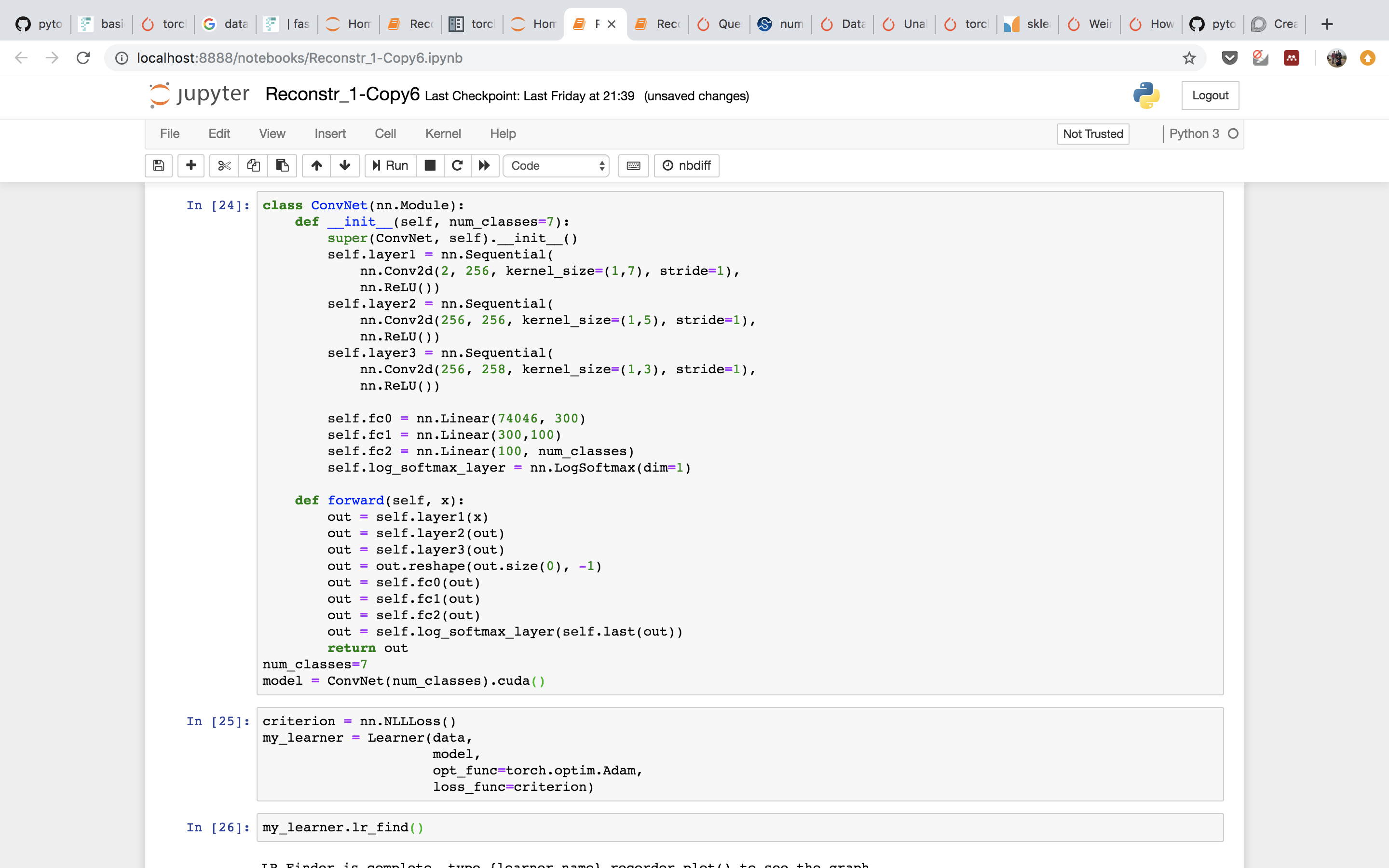


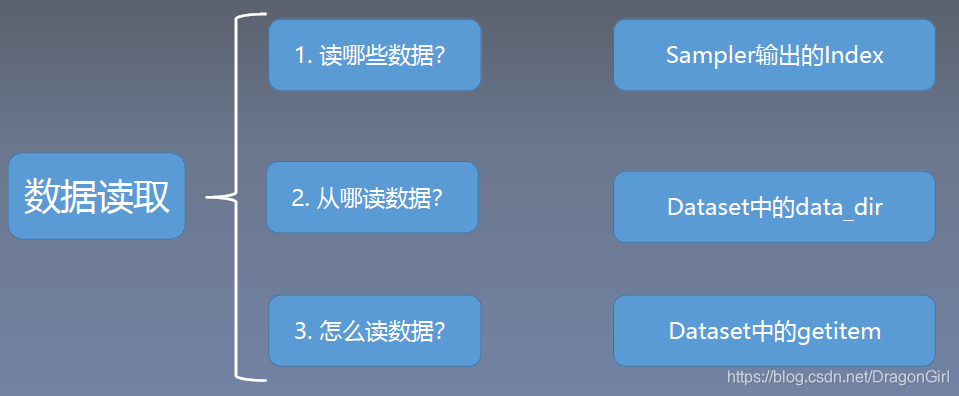

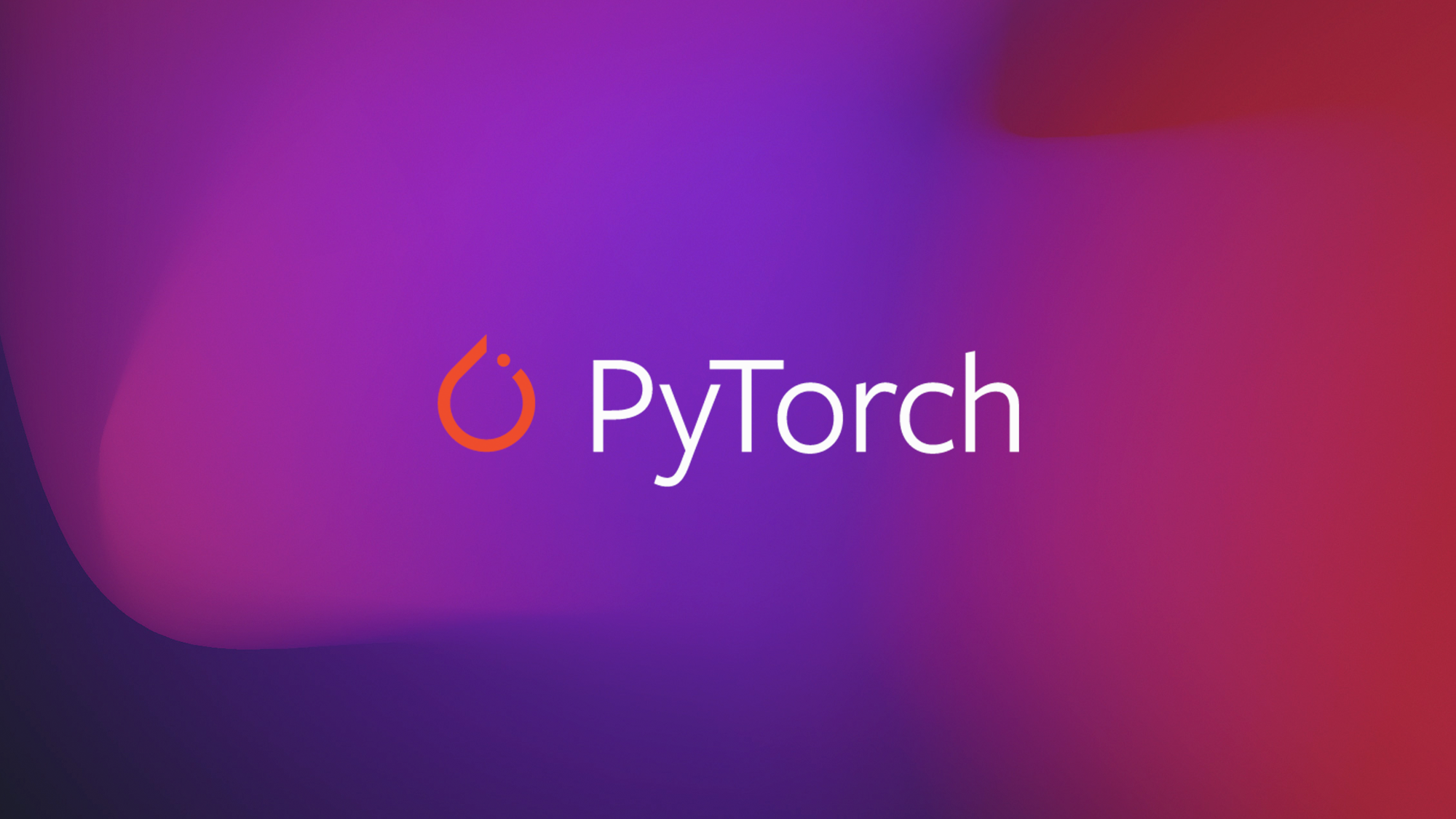
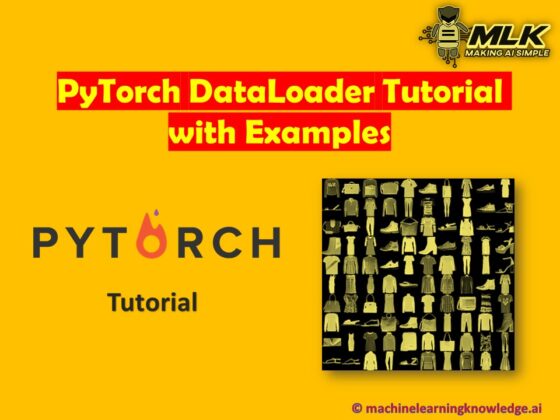
Post a Comment for "39 pytorch dataloader without labels"